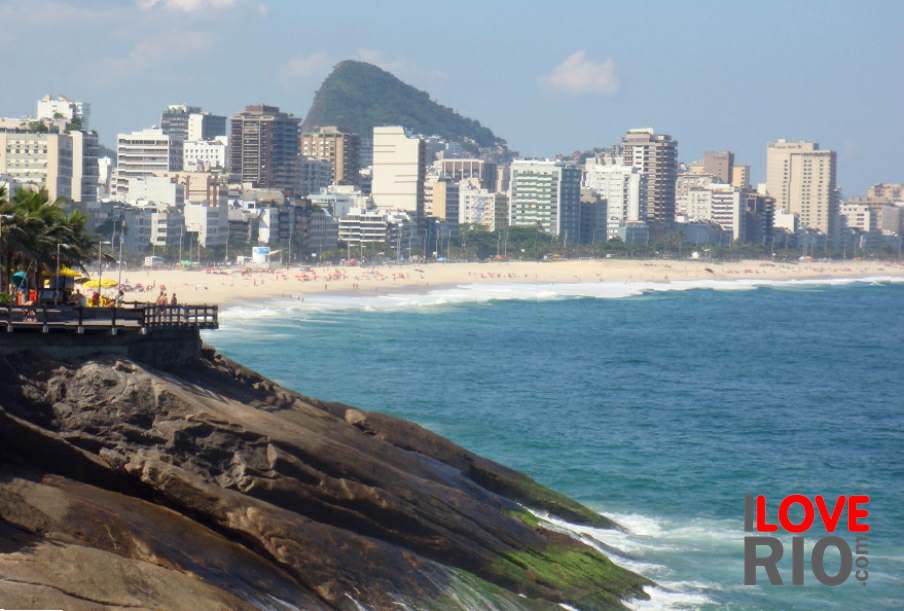

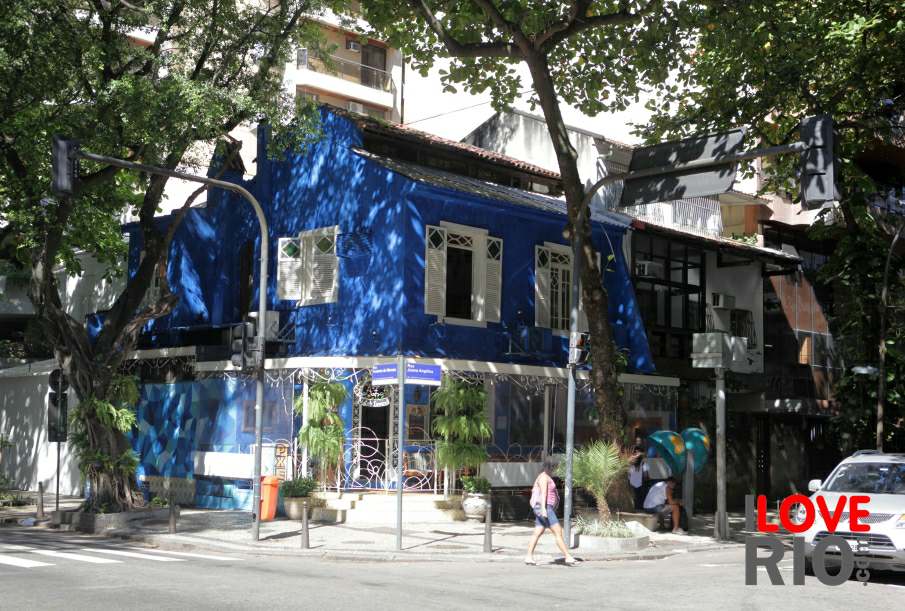
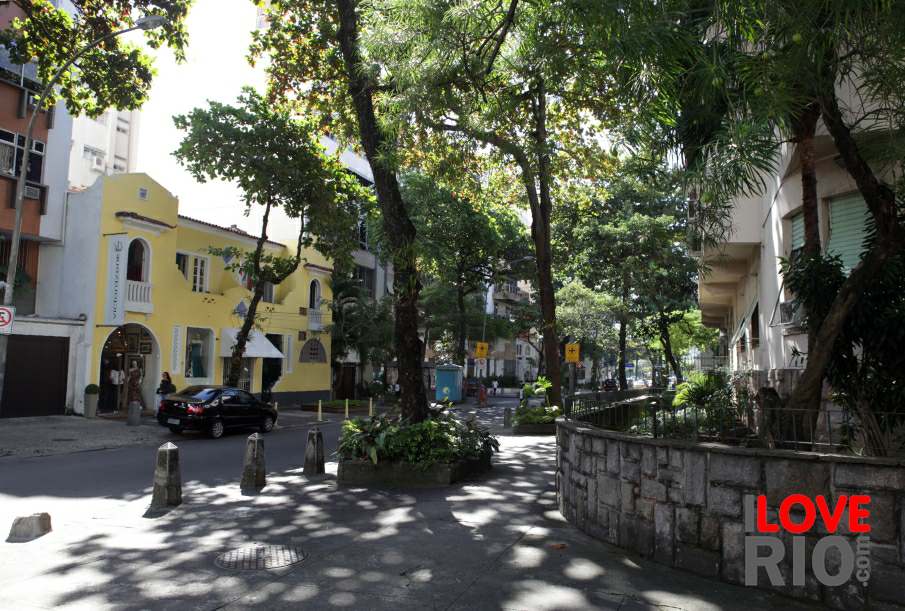
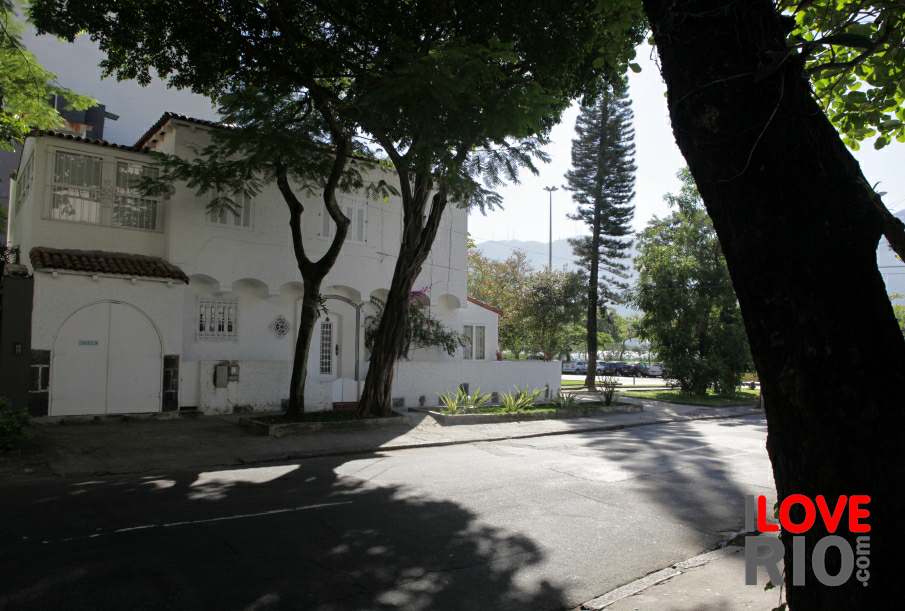

Presented by the Pontifícia Universidade Catolica do Rio de Janeiro, the study O Vidigal no contexto das favelas do Rio de Janeiro - Vidigal in the context of the favelas of Rio de Janeiro For us to better understand the change that this institution underwent, we believe it is necessary to provide a contextual overview of the favela in which it is situated. In order to do this, it is important to briefly reconstruct the history of the favelas of Rio de Janeiro, to understand how the urban phenomenon emerged and developed until the present day. Secondly, the history of Vidigal will be presented. In order to reconstruct the history of favelas it is important to look back over the 19th and 20th Centuries of the city of Rio de Janeiro, during which it was federal capital of the Republic. This period was marked by two important institutional changes: the proclamation of the Republic and the abolition of slavery, changes which caused great demographic and social transformations in the country.
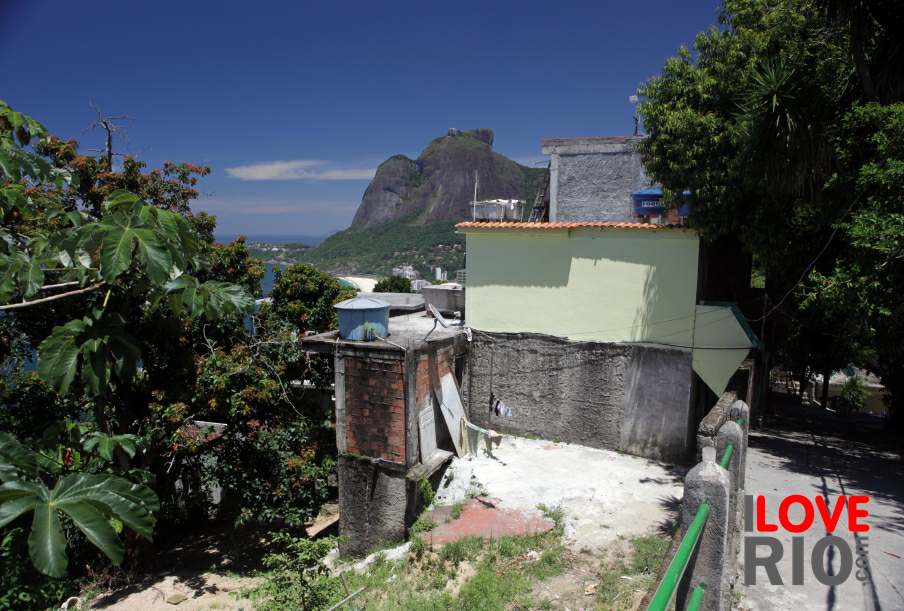

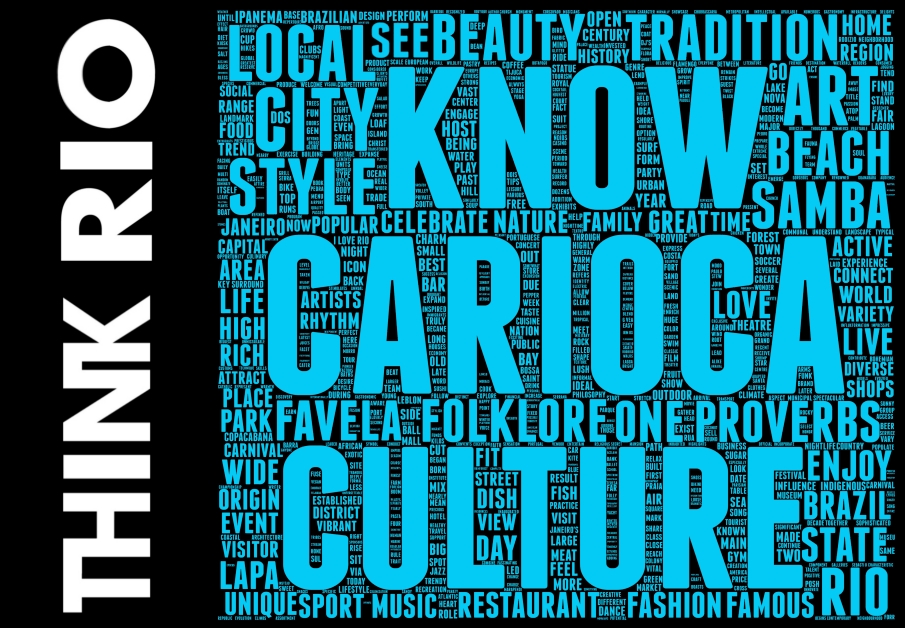
zona sul





